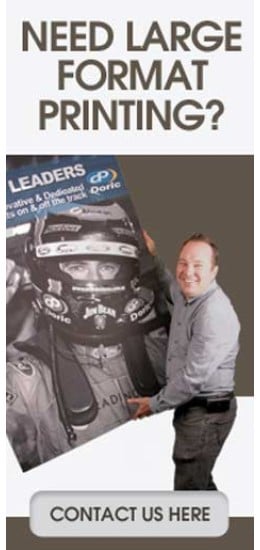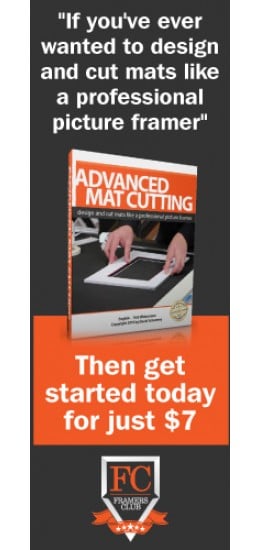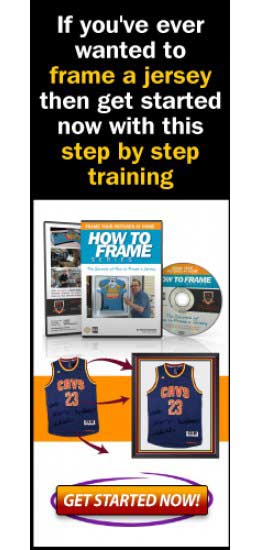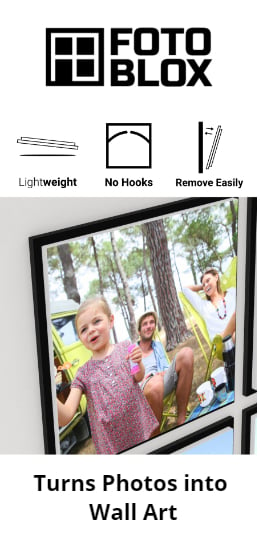What is Foam Board?
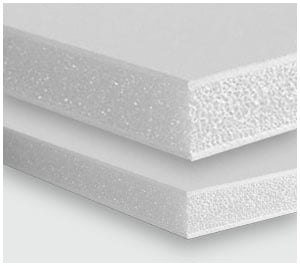 Foam board or Foam core board is a strong and lightweight material that is easily cut with a sharp craft knife or picture framing mat cutter.
Foam board or Foam core board is a strong and lightweight material that is easily cut with a sharp craft knife or picture framing mat cutter.
It is commonly used for the mounting of prints and photographs and as backing in picture frames.
Foamboard is easily formed into shapes that can be used for interior design and architectural models.
Foam board usually consists of three layers, an inner layer of polystyrene or polyurethane foam that is clad with an outer facing on each side of either a white clay coated paper, cotton archival paper or common brown Kraft paper.
For picture framing use we recommend the acid-free alpha cellulose clad boards as they have a longer lifespan and do not leach acids into the artworks. In high end conservation framing a further barrier of cotton rag boards or alpha-cellulose boards should be placed between the foam board and the original artwork. For more details on conservation framing and the Endurart Process please download a free PDF brochure here.
Since 1957 foam core board was made in 1/8 inch (3 mm) and 3/16 inch (5 mm) thicknesses by Monsanto under the trade name of Fome-Core®
It has now become a popular backing in picture framing, with archival-quality variants now available from several manufacturers.
Thicknesses from 3mm to 10mm are commonly available and a 20mm version is available for construction of large displays and art mounting applications.
There are other foam cored materials produced under various brand names that have a cladding of solid styrene or other rigid plastic coating. These are useful for signage and for situations where rigidity is required. Normally these boards are cut using a panel saw.
Some specialised boards are made with aluminium facing to allow mounting of high gloss photographic prints and some are made with fire-retardants for use in museum situations.
Clay-coated Foamcore does not accept certain types of paint and some glues, such as superglue is not suitable for bonding. Solvents used in some paints and glues can dissolve the foam centre causing weakness and the breakdown of the structural integrity of the foamboard.
Water-based glues can warp the fibers in the outer layers upon drying causing warping so adhering a layer to the reverse side can minimise this issue. Best results are typically obtained from using double sided adhesive sheets or use our pre-coated self-adhesive foamboard if you wish to “drymount” your prints and photographs.
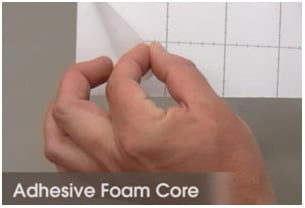 Self-adhesive foam boards can be unforgiving when it comes to mounting some items. If you want to watch a simple video on “How to mount a photo using foamboard” please watch it here.
Self-adhesive foam boards can be unforgiving when it comes to mounting some items. If you want to watch a simple video on “How to mount a photo using foamboard” please watch it here.
After you have mounted your photograph or print onto self-adhesive foamboard you should allow some curing time where you keep the mounted work flat to ensure it does not warp before you assemble the image in a picture frame.
For temporary mounting applications use plain foam board and then apply re-positionable spray adhesive to one of the surfaces, either the back of the image or the face of the board.
For more information on Foamcore here is a link to the Wikipedia article on Foamcore

